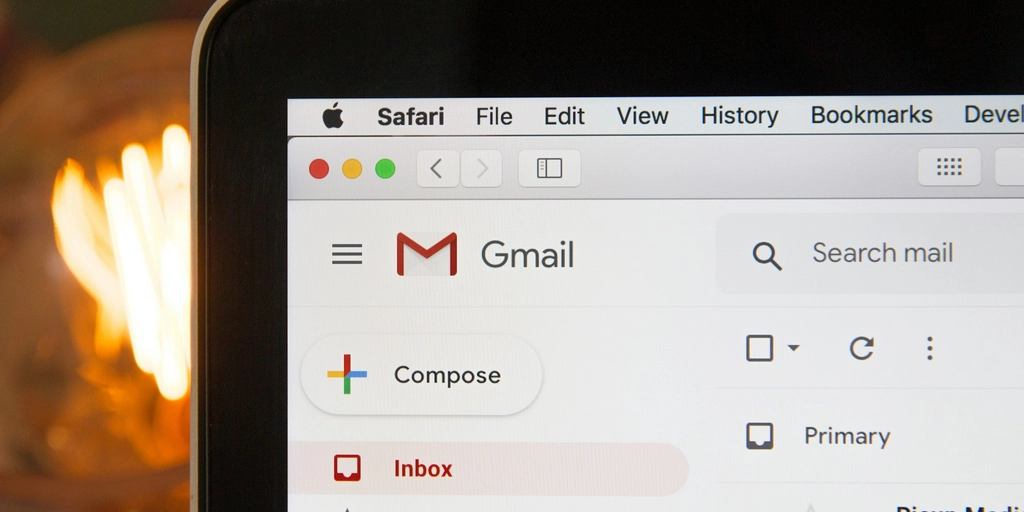
Remote Working and Email Trends
The recent Coronavirus crisis has seen remote working come to the forefront of people’s minds. Where possible, businesses have ensured their employees can work from home to continue their daily job, allowing the business to function despite the world slowly going into lockdown. With many organisations taking advantage of cloud technology, hosted services and video conferencing, many are now wondering if remote working will become the norm once this epidemic passes.
So where will everyone be working in the next twelve months? In this blog, we’ll look at the latest remote working trends and how they will affect businesses and emails in the future.
Remote working is here to stay
There are many people working from home right now wondering why they weren’t able to do so before? Anyone at home with a healthy internet connection can still log into cloud services or access business online infrastructure via VPN. Any business that uses Office 365 for example, can easily instruct teams to work remotely, because all they need is their secure login to access their work.
In affected areas, internet usage has grown dramatically, with Italy showing a 30% increase in use. This represents a problem for internet service providers who are used to handling the usage that homeowners typically get through from activities including web browsing, streaming entertainment and online gaming. Now that the workforce is also using their service on top of those in isolation whose usage is also increasing, because they’re stuck at home, it’s causing quite a strain. ISPs are under pressure to lift usage caps for as long as people have to complete social distancing.
The truth is remote working has been growing over the past decade and beyond as technology has evolved. Data compiled by the Global Workplace Analytics found that regular working at home by the non-self-employed workforce had increased by 173%. It’s clear that more and more people are telecommuting, rather than putting up with the stress of travelling by car, train or bus.
Is 2020 the year of the big reset on how businesses look at how their staff works? It certainly feels like it might be.
Email use increases with remote working
With more people now remote working, it will be of no surprise that email usage has increased somewhat. While some businesses will complete most in-house communications through tools such as Slack, Microsoft Teams and Zoom, companies still trust emails to deliver messages to third parties, customers and clients.
Cryoserver’s own research shows that the average size of emails has increased since more people have moved to remote working. In recent days, we’ve seen the average size of an email count weigh in at 345kb. Typically, users will send and receive 2.8GB of email per annum, with an average email size of 200kb. Overall, emails volumes have increased by 10% since working from home became the norm in the UK.
Establishing or re-establishing email etiquette
Because more emails are being sent from employees at home, the question of email etiquette comes into play. If your business is now communicating mostly through email, there’s a chance for miscommunication between colleagues – for example, something you may usually say in person might not come across well in an email. Shifting to communicating mostly through email will also be tougher for some employees not used to talking to colleagues in that way.
There are also likely to be members of staff on your team that have grown up with instant messaging and communicating through social media rather than emails. To switch to using a digital platform for professional communication may take longer for younger millennials and Generation Z staff. Couple this with every person having their own idea on how a professional email should look, and it could cause a huge problem between colleagues.
Businesses quickly have to establish what is expected of all staff when sending emails to each other, clients and customers.
Depending on cloud email archiving
Those already using cloud email archiving are also feeling the benefits of the decision to implement it. If for whatever reason, a person cannot access their emails from home, directly through the client, the archive is there to retrieve emails when possible. With Microsoft allocating resources to high volume areas, some functionality isn’t available, making email archiving a great safety net at this time.
Email archiving is also secure for users at home as well. With all emails encrypted on a third-party server or your own in-office server, it will be hard for hackers to access even if they get in through a user’s endpoint. This also makes it compliant, no matter where your team uses it.
There’s still time to implement email archiving in your business and you don’t even have to be in your office to do it. Get in touch with Crysoserver today and our experts will find the right package for your business needs.
Read
More

Office 365 Email Archiving Pros & Cons
Office 365 email archiving allows users to archive emails from their mailbox in order to get…

eDiscovery Processes and Business Emails
With a greater need to find information that has been stored digitally, businesses must have…

The Benefits of Archiving Emails
There were more than 281 billion consumer and business emails sent per day in 2018, and this figure…

6 Practical Benefits of Email Archiving For FinTech
The financial industry is one of the most regulated sectors in business. With recent scandals in…

UK GDPR and EU GDPR Statement
This statement sets out FCS (UK) Limited and the FCS group of companies’ (the “Group”) approach to…
